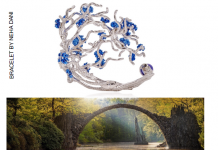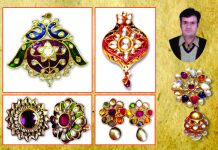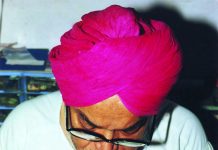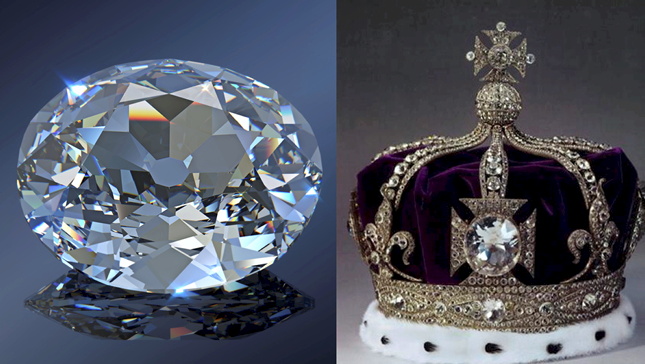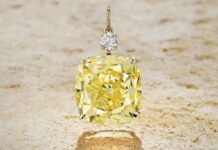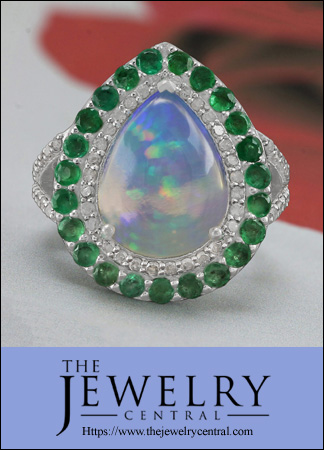The Indian government will renew diplomatic efforts to have the Britain return the Koh-i-Noor diamond.
It follows the coronation of King Charles III earlier this month. Queen Camilla pointedly had the iconic 105.6-carat oval-cut Golconda gem removed from her crown, to avoid heightening tensions.
“The thrust of this effort to repatriate India’s artefacts comes from the personal commitment of prime minister Narendra Modi, who has made it a major priority,” said Govind Mohan, secretary for the Indian ministry of culture, told the Daily Telegraph newspaper.
Indian diplomats in London are expected to formally request the return of the gem later this year, together with many other artifacts, including a collection of Hindu statues and the Amaravati Marbles, taken during Britain’s colonial rule from 1858 to 1947.
There is speculation that Rishi Sunak, Britain’s first prime minister of Indian descent, may respond more favorably than his predecessors.
In March Britain officially recognized the gem as a “symbol of conquest”, acknowledging that the East India Company had seized the stone from the boy ruler Maharaja Duleep Singh in 1849 at the end of the Second Anglo-Sikh War and given it to Queen Victoria.
A new display of the Crown Jewels, at the Tower of London, explains to visitors that: “The Koh-i-Noor diamond has had many previous owners, including Mughal Emperors, Shahs of Iran, Emirs of Afghanistan, and Sikh Maharajas.
Disclaimer: This information has been collected through secondary research and TJM Media Pvt Ltd. is not responsible for any errors in the same.

